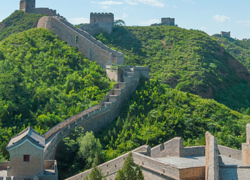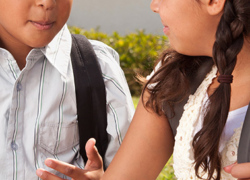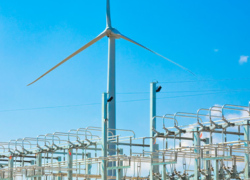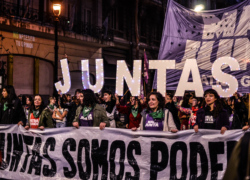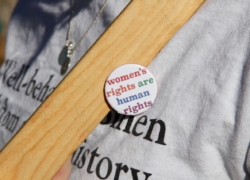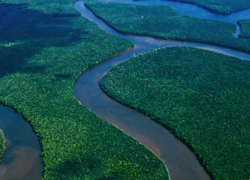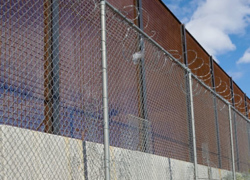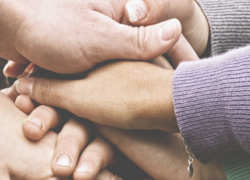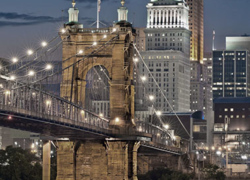Cuba and the US
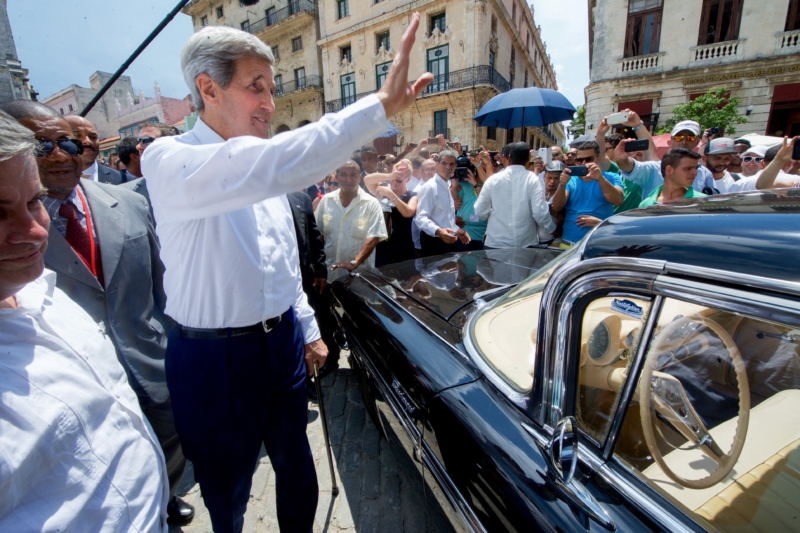 US Department of State / Flickr / US Gov. work
US Department of State / Flickr / US Gov. work
On the morning of December 17, 2014, an unremarkable sunny day quickly transformed into a whirlwind of excitement as the news spread. Something big was happening. Church bells rang out in Old Havana and crowds gathered around whatever television sets they could find to watch Cuban President Raúl Castro announce the biggest diplomatic shift in U.S.-Cuban relations in several generations. At the same moment, 1,100 miles north in Washington, DC, U.S. President Barack Obama delivered a similar message to the American people.
A change—in Cuba and in the U.S.-Cuban relationship—had long seemed overdue. Shifting political winds and economic realities, time and again, prevented change in Cuba’s relationship with the U.S. and the world economy. Over the last quarter century, almost everything relating to the island had been entrenched—stuck in a cold war reality as intransigent as it was outdated.
